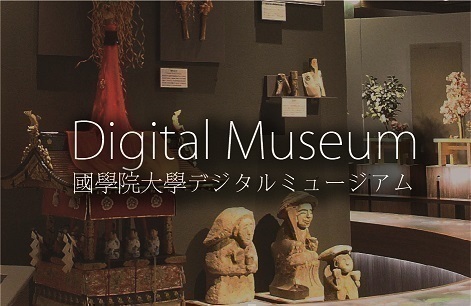- トップ
- Encyclopedia of Shinto
- Wakamiya
Encyclopedia of Shinto
| Main Menu: | |
| Links: |
詳細表示 (Complete Article)
| カテゴリー1: | 2. Kami (Deities) |
|---|---|
| カテゴリー2: | Concepts of Kami |
| Title | Wakamiya |
| Text | A general term referring to a minor shrine serving the kami of a separate main shrine (hongū), or to its related kami. Shintō myōmoku ruijūshō; defines wakamiya as a shrine dedicated to the offspring (mikogami) of the kami worshiped at a main shrine, or to the newly apportioned branch of a shrine (see kanjō). In practice, however, the usage goes beyond this definition, in some cases being applied to shrines dedicated to the same deity as that of the main shrine, to deities other than mikogami, or to temporary shrines of the main deity (see otabisho). At first, many of the kami worshiped at wakamiya were kami of possession which revealed themselves through oracles delivered to priests (shinkan) and female shrine mediums (miko), but they gradually evolved from this earlier stage to the status of deities regularly worshiped at fixed shrines. It is from the way in which such kami were enshrined within the confines of permanent religious structures that some wakamiya are explained within the context of cults dedicated to goryō (vengeful spirits of the deceased). The first appearance of wakamiya in historical records is a mention of the shrine "Keta Wakamiya" in the province of Hida, within an entry of Nihon sandai jitsuroku for the 4th day of the 8th month for the year 873. Keta Wakamiya is believed to have been a shrine apportioned from the main Keta Honsha (presently Keta Jinja) in Noto Province. This incident indicates that wakamiya in the sense defined by the Shintō myōmoku ruijūshō were already in existence by the ninth century. Most examples of wakamiya are associated with major kami like Kamo, Kasuga, and Hachiman, but they possess a diverse range of features. Records from 881 mention a Kamo Wakamiya in Hida Province, another shrine apportioned at an early date. The first example of a Kasuga Wakamiya is seen in 1135, when one was dedicated by Fujiwara Tadamichi, but in fact, this shrine was a mikogami ("offspring kami") apportioned by acolytes of Kōfukuji as a means of enhancing their influence on the rites at the shrine Kasuga Taisha; as a result, the wakamiya's rites were observed independently of the main shrine's, giving it a strongly autonomous quality. In the case of Hachiman, a large number of apportioned branch shrines are known by the name wakamiya. For example, the Sameushi Hachimangū enshrined at Minamoto Yoshiie's birthplace was also known as Wakamiya Hachimangū; its origins go back to an occasion when the portable shrine from Iwashimizu Hachimangū was carried into Kyōto. Likewise, the Azuma kagami refers to the shrine Tsurugaoka Hachimangū in Kamakura as a wakamiya, and the earlier established Yui-gō Hachimangū as a shimo wakamiya (lower wakamiya), demonstrating that many apportioned Hachimangū shrines in time came to be known as wakamiya. -Matsubara Seiji |




